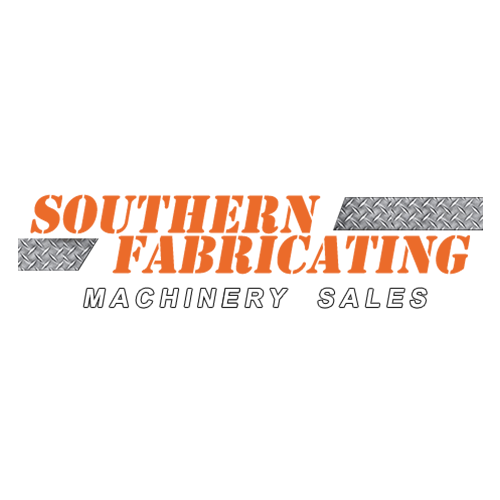
Posted By: Southern Fabricating Machinery Sales | Posted On: February 23, 2024
The 5 Must-Have Press Brake Options for Optimal Precision & Efficiency
In the world of metal fabrication, precision, efficiency, and versatility are the pillars of productivity. As the demand for higher quality and more complex parts increases, the role of advanced machinery features becomes ever more crucial. Press brakes, the backbone of sheet metal fabrication, have evolved significantly, thanks to technological advancements. Today, certain options are considered essential for fabricators who wish to stay competitive. Here are the five must-have press brake options that transform every operator into an expert and ensure that each part is as accurate as it is intended to be.
1. CNC Controls: Transforming Operators into Experts
The advent of CNC (Computer Numerically Controlled) technology has revolutionized press brake operations. CNC controls automate the bending process, allowing for precise adjustments and repeatability that were unimaginable with manual systems. This automation turns every operator into an expert by providing them with intuitive interfaces and pre-programmed procedures for various bending tasks. The precision of CNC controls lies in their ability to manage complex bending sequences, adjust parameters in real-time, and store data for future use, making the entire process more efficient and less reliant on operator skill. Simply put CNC Controls make a press brake easier and more accurate to use.
2. Y1 & Y2 Axis Capabilities: Mastering the Ram Tilt for Ultimate Precision
The Y1 and Y2 axes represent the left and right sides of the press brake ram. Independent control over these axes allows for the adjustment of the ram tilt, a critical factor in achieving perfectly accurate parts. This capability ensures that the bending angle is consistent across the length of the press brake, compensating for any possible deflection under load. It's this level of control that enables fabricators to produce parts with unparalleled precision, meeting the strictest tolerance requirements without the need for manual reworking. It also allows for adding slight taper into bends where desired.
3. X & R Axis Backgauging: Measuring and Supporting for Flawless Execution
A backgauge is essential for positioning a workpiece accurately before the bending process begins. The X-axis controls the backgauge movement forward and backward, ensuring the correct distance from the tooling, while the R-axis adjusts the height, gauging & supporting the part effectively during the bend. This combination not only guarantees precise positioning for each bend but also reduces handling time, enhancing overall productivity. By accurately measuring the flange and supporting the part throughout the process, X and R axis backgauging significantly contributes to the efficiency and quality of the output.
4. Crowning Device: Ensuring Uniform Bends Across the Length
One of the challenges in press brake operation is compensating for machine deflection, which can lead to inconsistencies in the bend angle, especially in long bends. The crowning device is the solution to this problem, eliminating the need for manual shimming of dies. It automatically adjusts the bed of the press brake to counteract deflection, ensuring a uniform bend across the entire length of the brake. This not only improves the accuracy of each part but also significantly reduces setup time, as operators no longer need to manually adjust for machine imperfections. As a bonus these are also available as a CNC axis of the press brake providing for real time programmable adjustment in between bends.
5. Z1 & Z2 Back Gauge Axis Capabilities: Enhancing Productivity for Complex Parts
The Z1 and Z2 axes add another layer of versatility to press brake operations. These axes control the movement of the gauging fingers left and right along the backgauge arm. This capability is particularly beneficial for forming long pieces or complex smaller pieces that require multiple gauge points. By allowing for the quick and precise positioning of the back gauge fingers, the Z1 and Z2 axes make it possible to execute complex bending sequences efficiently, without the need for manual repositioning of the part. This leads to a significant increase in productivity, especially for jobs that involve intricate parts or high production volumes.
Conclusion: Elevating Metal Fabrication to New Heights
The integration of these five essential press brake options—CNC controls, Y1 & Y2 axis capabilities, X & R axis backgauging, crowning devices, and Z1 & Z2 back gauge axis capabilities—marks a significant leap forward in metal fabrication technology. By enhancing precision, reducing setup time, and increasing overall efficiency, these options empower fabricators to meet the growing demands for quality and complexity in metal parts. Whether you're forming long pieces or complex smaller pieces requiring multiple gauge points, these features ensure that your press brake can handle the task with unmatched accuracy and productivity.
For fabricators looking to invest in a press brake that embodies these advanced capabilities, exploring the options at Southern Fabricating Machinery Sales (SFMS) is a great starting point. With a wide range of press brakes equipped with these must-have features, SFMS is dedicated to providing solutions that meet the needs of modern metal fabricators. Visit us today for expert consultation on new and used machine options and discover how our press brakes can transform your metal fabrication processes, making every operator an expert and every part perfectly precise.






